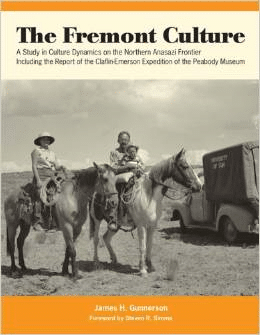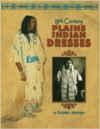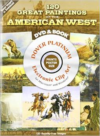Description
In 1927, the Claflin-Emerson expedition of the Peabody Museum began a rapid and extensive archaeological reconnaissance of eastern Utah. The expedition was funded by William H. Claflin and Raymond Emerson, Bostonian businessmen with a deep devotion to the American Indian and a probing interest in the remote and mysterious regions of the American West.
Early expedition surveys and excavations conducted by Noel Morss would lead to a definition of the Fremont culture; later research would augment existing data on the Fremont by adding entirely new traits, disclosing new variations in architecture and basketry, and providing new information on the distribution of previously known traits.
In “The Fremont Culture: A Study in Culture Dynamics on the Northern Anasazi Frontier,” archaeologist James H. Gunnerson provides the results of his 1950s survey and excavation in the Utah area. He presents a functional synthesis of the Fremont culture and discusses the dynamics of its growth and decline.
Gunnerson’s report also uses the original field notes, maps, plans, photographs, sketches, and unpublished preliminary reports of the Claflin-Emerson expedition. Together, the reports of Morss and Gunnerson offer the most important and complete overview of the expedition available. They are fitting tributes to the men of that expedition, scientists who recognized the importance of an ancient people who once wrested a meager living from the rugged canyon country of the Green and Colorado Rivers.






Reviews
There are no reviews yet.